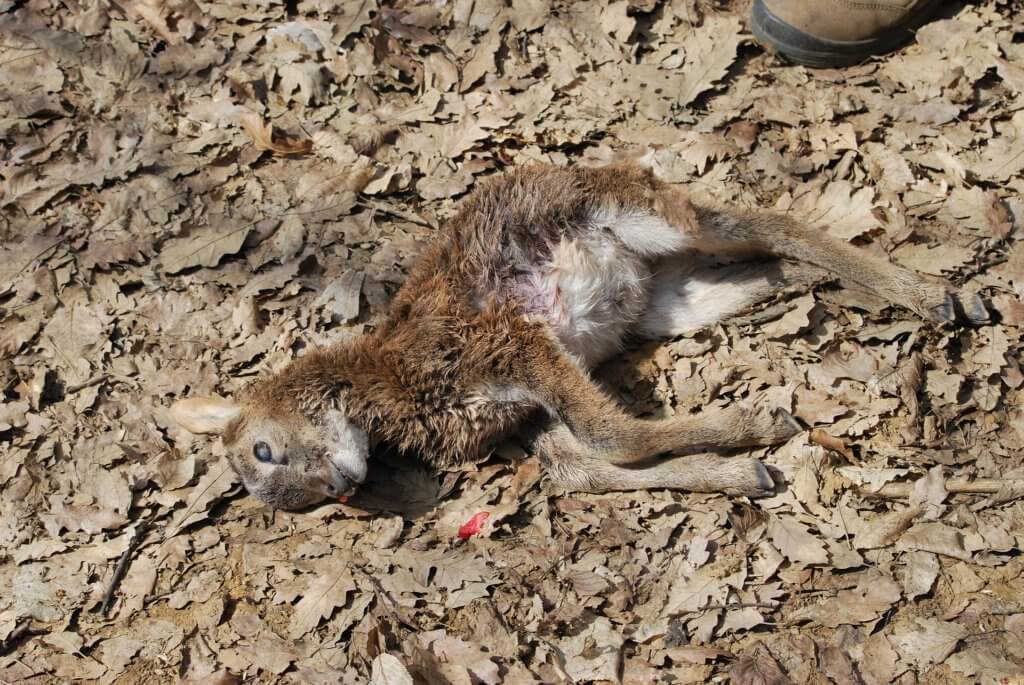We achieved being the #1 rated animal trapping company in the United States with our excellent work and customer care. Whether catching animals or repairing damage, we take the utmost pride in our service. Our reviews reflect the quality of our hardworking, trained professionals.
EXCELLENTVerified Jorge of All City Animal Trapping came out to our property on Friday afternoon, April 4th to set-up our animal cages/traps to resolve our raccoon and skunk problem. Jorge took his time to explain how cages/traps and everything worked and how to set-up and in case we needed to release any squirrels we did not want harmed. Jorge was punctual, patient, professional, and very nice as we will use All City Animal Trapping for all future animal control issues.Posted onVerified Today i had the pleasure of meeting Braeden, and explained every thing in detail how and what procedure he was going to use to get rid of raccoons in my attic , i highly recommend this bussiness for pest control. thank you BraedenPosted onVerified Response time and knowledge of my situation and recommendations for my raccoon problemPosted onVerified These guys are highly recommended. Used them multiple times. Corteous, on time professionals. Today Jorge was here to get rid of a racoon family. Thank you for s job well done!Posted onVerified I have had Gopher issues at my house now for many years so I reached out to All City Animal Trapping for assistance. Travis was awesome and answered all the questions that I had before I hired him. I have been using him for a couple years now but wanted to post about my experience and let you know how amazing of a job he did. If you or anyone is having issues where their lawn is getting destroyed by Gophers, Reach out to Travis and the All City Animal Trapping. My best piece of advice is to not wait either because these creatures raised so much havoc on my front and back lawn. It turned out I had four gophers!! My honest opinion is to reach out ASAP to Travis to make an Appointment because the longer you wait, the more your lawn and garden is going to get damaged. Travis is the best in the business. You wont be disappointed. 562-794-5952Posted onVerified All City Animal Trapping responded quickly to my initial inquiry, were very friendly and knowledgeable. Bob came to my home to set the trap, explained the process, told me what to expect, and showed me how to open/release the trap in case any cats were trapped. Over the next week several skunks that were in our crawlspace were trapped and removed! A simple phone call or text and Bob was back out to remove the skunk and bait the trap again. I highly recommend All City Animal Trapping. They were open, honest, timely, arrived when they said they would and delivered results. Michael Hudson Bixby Knolls, CAPosted onVerified We had a skunk come to live with us. It trashed the lawn and planters. All City Animal Trapping showed up promptly, assessed the situation and took care of business very quickly. Very professional, easy to communicate with.Posted onVerified Great and professional team! Jorge was always prompt and showed up when he said he would. He was always polite and answered all the questions I had. Even showed me how to use the cage if it was set off by accident. I have used them now 2 times and I won't go to anyone else!Posted onVerified great five star service. they are prompt and responsive and are able to take care of the issue in a responsible mannerPosted onVerified I've never left a review before, but wanted to leave one for All City Animal Trapping. Great company and service. The only company I was able to get a hold of quickly and with same day service (and during the weekend!). We had Eddie come out to help with a skunk problem. He was quick and efficient. Great service, all for a great price. Thank you for helping us with our skunk problem we've had for weeks. Much appreciated!
As the owner of All City Animal Trapping, I’ve seen firsthand the significant damage that dead animals can cause to homes and properties. While it’s a situation no one wants to deal with, understanding the potential damage can help you take swift action. Here’s what you need to know about the risks and damage associated with dead animals in your home or property:
Dead animals can carry and transmit various diseases and parasites, posing serious health risks to humans and pets:
The decomposition process can cause significant structural damage to your home:
One of the most noticeable and distressing issues with dead animals is the foul odor they produce:
Dead animals can attract other pests, leading to secondary infestations:
If a dead animal is located near or in a water source, it can lead to water damage:
The presence of dead animals and the associated damage can significantly decrease your property value:


Our process begins with a comprehensive inspection of your property. Our expert team will:
Once we locate the dead animal, our trained professionals will:
After the removal of the dead animal, we:
We address any odors associated with the dead animal by:
If the dead animal has caused structural damage, our team will:
To prevent future occurrences, we:
Our team provides follow-up visits to ensure that the removal and decontamination have been effective. We are always available for additional support and advice to help you maintain a safe and animal-free environment.